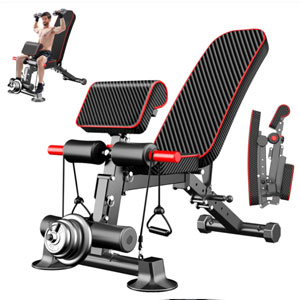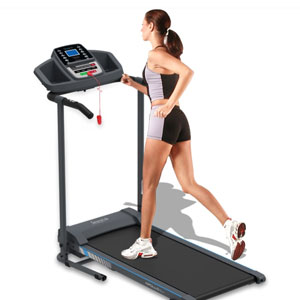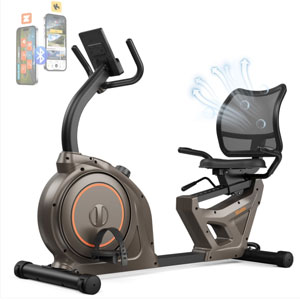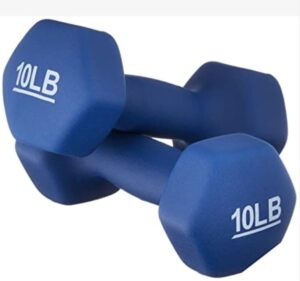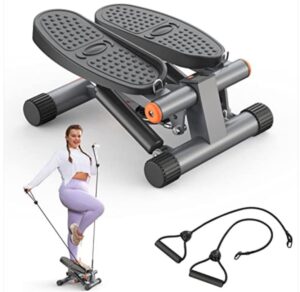Table of Contents
Veronica had always envied the graceful movements of dancers, their bodies bending and twisting with ease. As she struggled to touch her toes, a pang of frustration hit her. Inflexibility had been her constant companion, limiting her physical abilities and sometimes even causing discomfort. But today, she was determined to embark on a journey of unlocking her body’s flexibility, one stretch at a time.
Unleash Your Body’s Full Potential with Improved Flexibility
In our fast-paced, sedentary lifestyles, flexibility often takes a backseat, leading to tight muscles, limited range of motion, and an increased risk of injuries. However, incorporating a consistent stretching routine into your daily life can be a game-changer, improving your overall physical performance, reducing muscle soreness, and enhancing your quality of life.
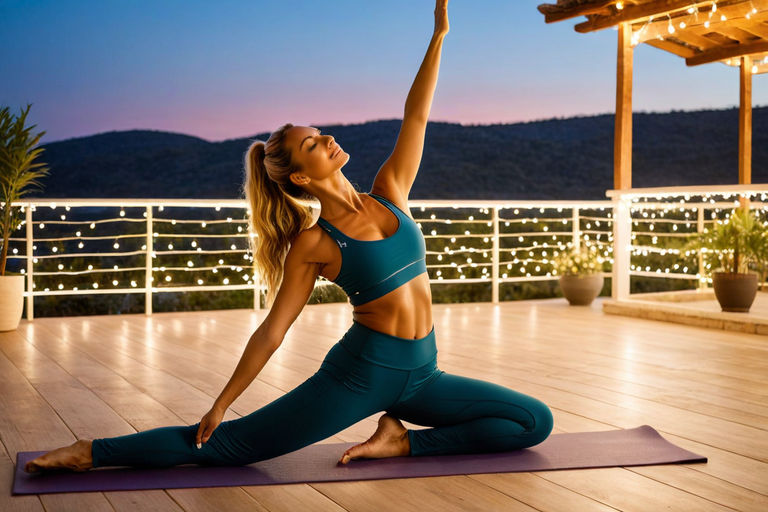
The Benefits of Stretching and Flexibility Training
Improved flexibility offers a multitude of benefits that extend far beyond just touching your toes. According to the American Council on Exercise, regular stretching can:
- Increase range of motion: By lengthening your muscles and connective tissues, stretching allows for greater mobility and ease of movement.
- Reduce risk of injuries: Flexible muscles are less prone to strains and tears, making you less susceptible to injuries during physical activities.
- Alleviate muscle tension and soreness: Stretching can help relieve muscle tightness and discomfort, reducing the likelihood of developing chronic pain.
- Improve posture and alignment: By addressing muscle imbalances, stretching can help correct poor posture and align your body properly.
Learn more about the benefits of stretching from the American Council on Exercise.
Stretching Techniques and Routines
When it comes to improving flexibility, there are various stretching techniques to explore, each offering unique benefits:
- Static Stretching: This involves holding a stretch in a comfortable position for an extended period (typically 15-60 seconds). It’s an excellent way to increase range of motion and target specific muscle groups.
- Dynamic Stretching: These are controlled, momentum-assisted movements that mimic the motions of your intended activity. Dynamic stretches are ideal for pre-workout warm-ups, as they prepare your muscles for action.
- Proprioceptive Neuromuscular Facilitation (PNF) Stretching: This advanced technique combines static stretching with isometric contractions to achieve deeper, more intense stretches. It’s often used by athletes and dancers to improve flexibility.
Check out this guide from Harvard Health Publishing for various stretching routines.
Remember, consistency is key when it comes to improving flexibility.
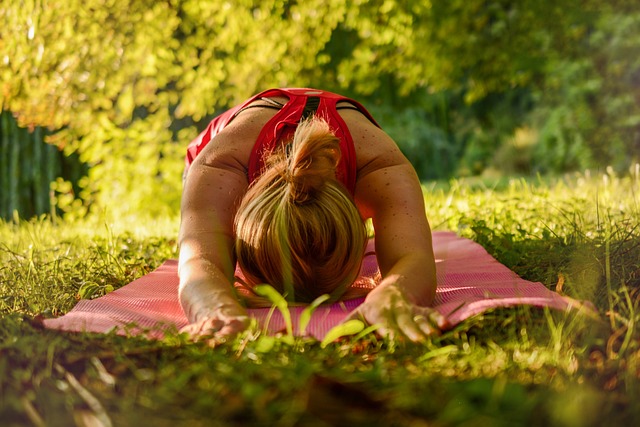
9 Essential Tips to Improve Flexibility
- Identify Tight Areas
- Start Slowly
- Warm Up Properly
- Use Dynamic Stretches Before Workouts
- Hold Static Stretches for 15-30 Seconds
- Be Consistent with Your Routine
- Stay Hydrated
- Listen to Your Body’s Limits
- Consider Professional Guidance
To truly unlock your flexibility, it’s essential to develop a personalized stretching routine that caters to your specific goals and needs. Here are 9 essential tips to get started:
- Identify tight areas: Take the time to do a full-body assessment to identify the specific muscle groups that feel particularly tight or limited in range of motion. These could be areas like your hamstrings, hip flexors, shoulders, or lower back. Make a note of these problem areas so you can prioritize stretching them in your routine.
- Start slowly: If you’re new to stretching or have been inactive for a while, it’s important to ease into it gradually. Begin with gentle, static stretches held for shorter durations (10-15 seconds), and avoid pushing too deeply into the stretches. As your flexibility improves over time, you can gradually increase the intensity and duration of your stretches.
- Warm up properly: Before any stretching session, it’s crucial to warm up your muscles to improve pliability and reduce the risk of injury. Dedicate 5-10 minutes to light cardio activities like walking, jogging in place, or cycling to raise your core body temperature and increase blood flow to your muscles.
- Use dynamic stretches before workouts: While static stretches are best saved for after your workout, dynamic stretches are perfect for your pre-workout routine. These controlled, momentum-assisted movements (like leg swings, arm circles, or walking lunges) help prepare your muscles for the specific movements you’ll be performing during your workout.
- Hold static stretches for 15-30 seconds: When performing static stretches, aim to hold each stretch for 15-30 seconds. Take deep breaths and avoid bouncing or forcing the stretch to prevent injury. Focus on relaxing into the stretch and gradually increasing the intensity as your flexibility improves.
- Be consistent with your routine: Flexibility improvements require consistency. Aim to stretch daily or at least several times a week, making it a part of your regular routine. Whether it’s first thing in the morning, after a workout, or before bed, find a time that works best for you and stick to it.
- Stay hydrated: Proper hydration is essential for optimal muscle function and pliability. Drink water before, during, and after your stretching routine to ensure your muscles are well-hydrated and able to stretch more effectively.
- Listen to your body’s limits: While stretching can be uncomfortable, it should never cause sharp pain. If you experience pain during a stretch, back off immediately. Respect your body’s limitations and avoid pushing beyond your current range of motion, as this can lead to injury.
- Consider professional guidance: If you’re new to stretching, have specific flexibility goals, or are recovering from an injury, seeking guidance from a qualified professional can be invaluable. A physical therapist or certified personal trainer can assess your individual needs and develop a safe effective stretching routine tailored to your specific goals and limitations.
By following these 9 essential tips and making stretching a consistent part of your routine, you’ll be well on your way to improving your flexibility, reducing injury risk, and enhancing your overall physical performance.
Need more guidance? Check out this detailed stretching routine from Verywell Fit.
Unlocking your flexibility is a journey that requires patience, dedication, and a commitment to self-care. By incorporating a consistent stretching routine into your daily life, you’ll not only improve your range of motion but also reduce your risk of injuries, alleviate muscle tension, and enhance your overall physical performance. So, why not start today? Embrace the power of stretching and unlock the full potential of your body. What stretches will you add to your routine?
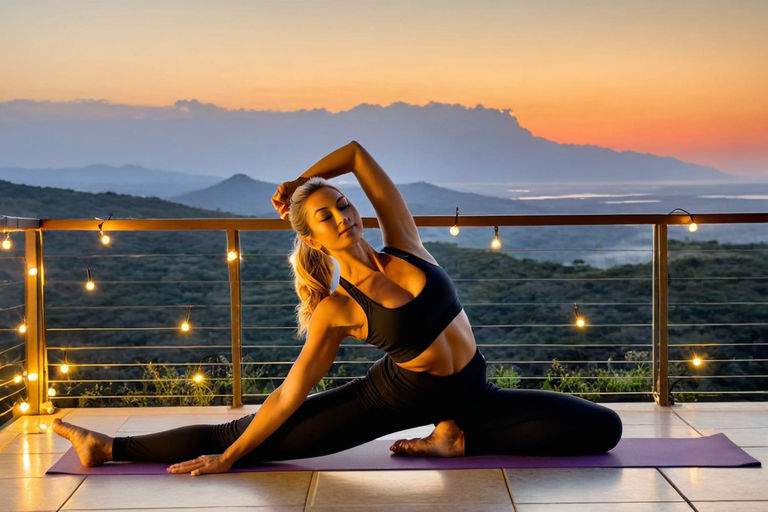
Frequently Asked Questions About Stretching and Flexibility
Why is flexibility important?
Flexibility is crucial for maintaining a good range of motion, reducing the risk of injuries, alleviating muscle tension and soreness, and improving overall physical performance and posture.
What are the different types of stretching techniques?
The main stretching techniques are static stretching (holding a stretch for an extended period), dynamic stretching (controlled, momentum-assisted movements), and proprioceptive neuromuscular facilitation (PNF) stretching (combining static stretches with isometric contractions).
How often should I stretch?
Aim to stretch daily or at least several times a week for best results. YOu know that consistency is key right? You will therefore improve flexibility.
How long should I hold a static stretch?
For static stretches, it’s generally recommended to hold the stretch for 15-60 seconds, depending on your flexibility level and comfort.
Is it normal to feel discomfort or pain when stretching?
You may feel a gentle stretch or mild discomfort, but you should never experience sharp pain. If you feel pain, stop the stretch immediately and consult a professional.
Can stretching help with weight loss?
Stretching itself does not directly contribute to weight loss, but it can improve overall physical performance and mobility, which can support your weight loss efforts through increased physical activity.
When is the best time to stretch?
It’s generally recommended to do dynamic stretches before a workout as part of your warm-up routine, and static stretches after your workout when your muscles are warm.
Can stretching help with posture?
Yes, stretching can help address muscle imbalances and improve posture by lengthening tight muscles and strengthening weak ones.
How can I create a personalized stretching routine?
Identify your tight areas, start slowly, incorporate dynamic stretches before workouts, be consistent, and listen to your body. You can also seek guidance from a physical therapist or fitness professional.

Was this Article Helpful?
We hope that you found this article helpful and informative. We are always striving to provide you with the best content and resources for your fit. We would love to hear from you and get your feedback and suggestions.
Please visit our Facebook page and leave us a comment or a message. Tell us what you liked or disliked about this article, what you learned or want to learn more about, and what you want us to write about next.
Your input is very valuable to us and helps us improve our work. Thank you for reading and supporting us.
#stretchingguide #flexibility #stretching #weightloss #fitness #workout #range #mobility #stretches #exercises









